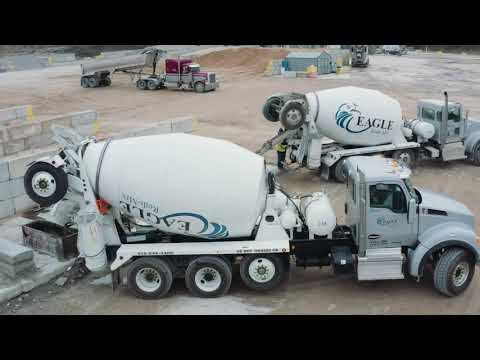IT Disaster Recovery for Small Business: Why Backups Aren’t Enough
- Hayley Evans
- Jul 29
- 2 min read

Power outages. Cyberattacks. Hardware failures. Hurricanes. These disasters rarely come with a warning and when they hit, they can completely derail your business. Most small business owners assume having a data backup is enough. But restoring a file isn't the same as restoring operations.
IT disaster recovery for small business isn't just about saving data. It’s about staying in business, serving customers, and minimizing costly downtime. A reliable IT provider doesn’t just back up your files they build a strategy to keep you running no matter what.
What’s the Difference Between Backups and Business Continuity?
Backups are essential. But they’re only one piece of the puzzle.
Backups help you restore lost data. Business continuity helps you stay operational whether your systems are down, your office is inaccessible, or you’re under attack.
An effective IT disaster recovery plan should answer:
How quickly can we get back online?
What if our office is flooded or without power?
Can our team work remotely?
What systems and data are mission-critical?
Who is responsible for activating the plan?
It also needs to include:
Encrypted, off-site, immutable backups
Defined recovery time objectives (RTO) and recovery point objectives (RPO)
Remote work readiness tools
Redundant systems and failovers
Regular disaster recovery testing
If your current IT provider can’t walk you through these steps, you’re not protected—you’re just lucky so far.
Real Disasters, Real Businesses, Real Consequences
Still think it won’t happen to you?
Florida hurricanes left small businesses without power or access to files for weeks.
North Carolina floods destroyed on-site servers, erasing months of work.
California wildfires leveled offices with no off-site backup or recovery plan.
And ransomware attacks? They've shut down countless small businesses because their backups were untested or incomplete.
IT disasters don’t discriminate based on business size. They hit fast and they hit hard.
5 Questions to Ask Your IT Provider Today
If disaster strikes tomorrow, will your business be able to keep going?
Ask your provider:
How quickly can we recover if ransomware hits?
Are our backups tested and up to date?
What happens if our office is destroyed?
Does our continuity plan meet industry compliance standards?
Can our team keep working remotely during a crisis?
If you’re unsure about any of these answers, you may already be at risk.
Don’t Let Downtime Derail Your Business
Disasters happen. But downtime doesn’t have to.
The right IT disaster recovery plan means you can keep serving clients, paying employees, and protecting your brand even when the unexpected hits.
A good IT provider helps you recover. A great one makes sure you never miss a beat.
Ready to See If You're Prepared?
Let Preferred Office Technologies help you uncover gaps in your disaster recovery plan before it’s too late.
👉 Click here to book your FREE Network Assessment




Comments